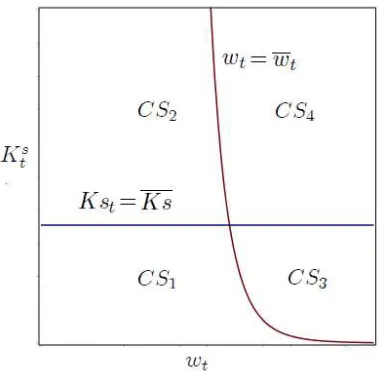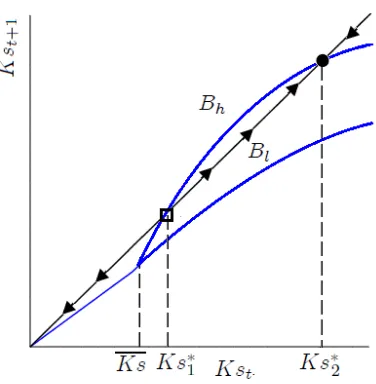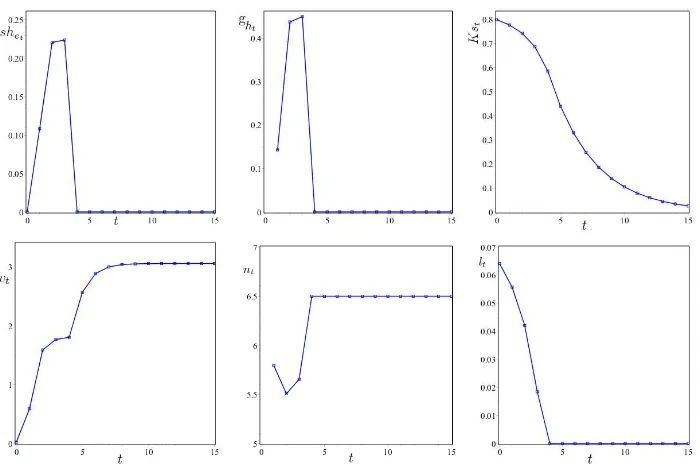Social capital, human capital and fertility
Full text
Figure




Related documents
When individual returns are diverse enough, the economy may have a unique stable equilibrium, where more people invest in cooperative tendencies if the information structure is
Investments in social capital or the existence of long-term exchange relation- ships, measured by the number of network partners that received or might receive support from
As the author convincingly shows that despite relatively low investment rates, educational levels and the quality of its institutions Pakistan’s economy has performed on
Using educational background and previous job experiences of directors and top management teams (TMT) as proxies to HG, the study postulates that organizations with higher HG are
Exponential phase was characterized by a stable rate of generation of new cells; maximal value of optical density throughout the whole period of culture growth
We find that second-generation women’s fertility and labor supply are significantly positively affected by the immigrant generation’s fertility and labor supply respectively, with
educational investments within a household building on seminal work by Becker and Tomes (1976) that delineates the tradeoff between the quantity of children and their ‘quality.’
We show that mandated differences in meeting frequency over a ten-month period generated persistent differences in individuals’ knowledge of and social contact with group members: